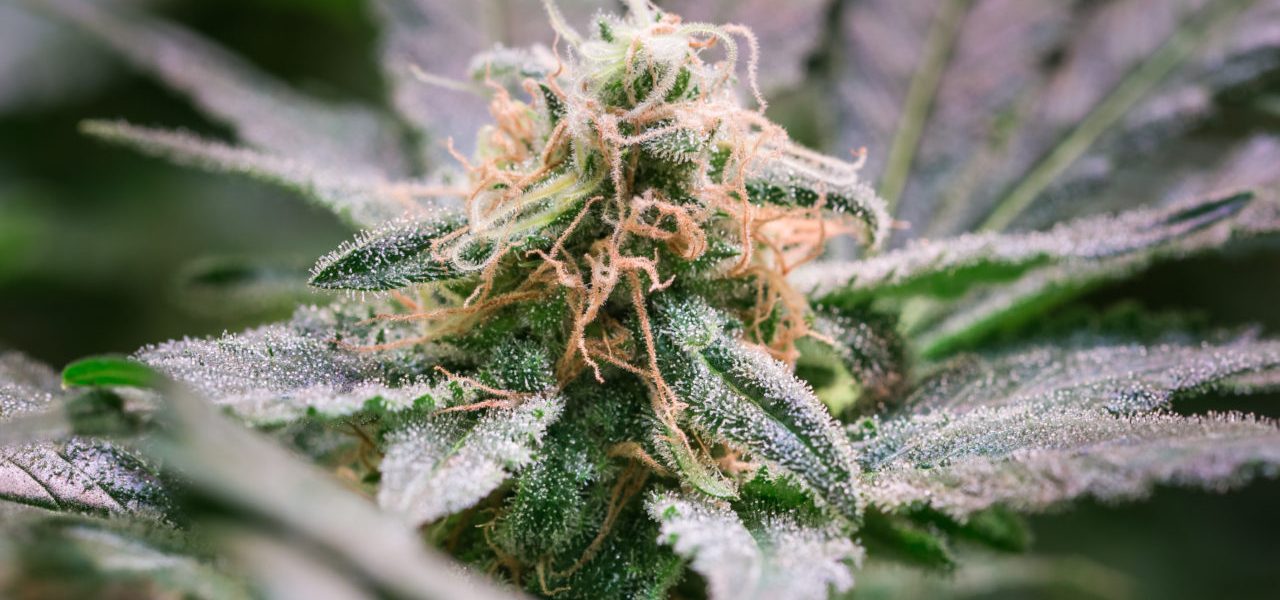Marijuana is the dried flowers, leaves, stems, and seeds of the cannabis plant. The cannabis plant includes around 100 different chemicals. These molecules encompass the toxic or mind-altering tetrahydrocannabinol (THC) and other active compounds such as cannabidiol (CBD). CBD is non-harmful, which means it does not produce a high. This article examines the various applications of cannabis. It also studies each one so you can decide which one is best for you from dispensary delivery.
Capsules:
Concentrates can also be formed into capsules and then consumed. To be effective, capsules, like food, must be absorbed and processed by the stomach.
Dry Flowers:
It is the unprocessed form of cannabis, sometimes known as “weed” or “marijuana.” The dried leaves and buds of female Cannabis Sativa and Cannabis Indica plants are to make the herb. The plant and joints are hand-rolled cigarettes. Tobacco rolling paper may get used to feeling the bumpy texture of the plant. It is one feature that distinguishes a joint from a hand-rolled tobacco cigarette or a dispensary delivery.
Tinctures:

A tincture is a cannabis extract mixed with another substance, most commonly alcohol. These items are consumed frequently by putting a few drops under the tongue and mixing the tincture with food and drink.
Edibles:
It is often known as edible in this form. A traditional way to consume marijuana is in the form of brownies or cookies. Marijuana, like a herb, may be added to various foods and even found in confectionery.
Concentrates:
Concentrates are created by distilling specific components of the cannabis plant. As a result, the concentration of cannabinoids and terpenes increases. Dry processing, dry ice processing, water-based processing, pressure/heat processing, and flammable or non-flammable solvents. Once created, a concentration might take the form of liquid wax, a soft solid, or a hard solid.








